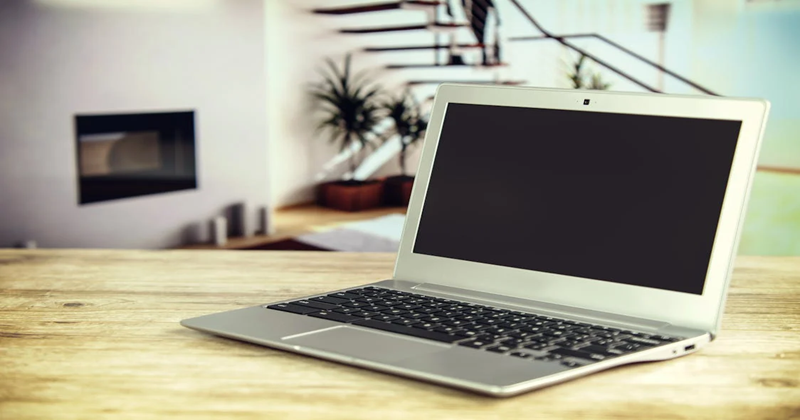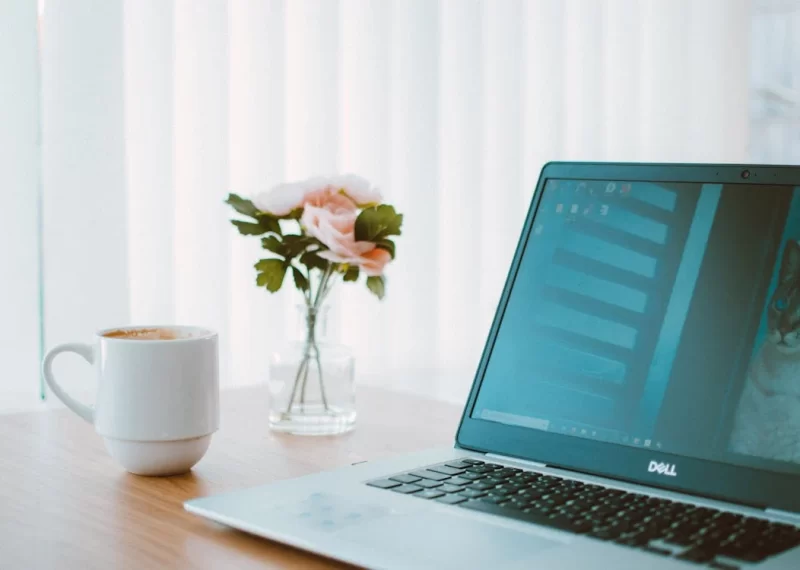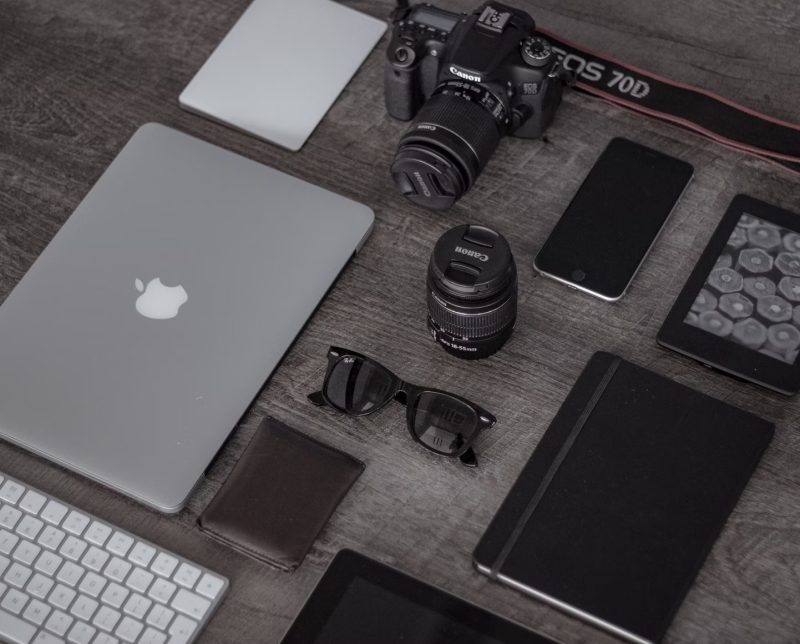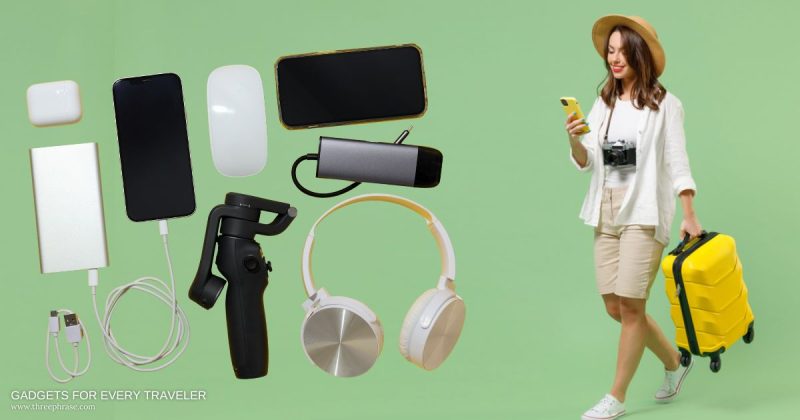Unlock the Best: Top 10 Tips When Buying a Laptop!

Choosing the right laptop is like finding the perfect partner for your digital life. It’s an investment that will define how smoothly you work, game, or stream your favorite shows for the next few years. Whether you’re a professional on the go, a gamer seeking power, or a student needing a reliable companion, selecting the right laptop can significantly improve your productivity and overall experience.
In this blog, I’ll walk you through the top 10 tips when buying a laptop. From identifying your needs and setting a budget to understanding the importance of processors, RAM, and battery life, we’ll simplify everything into easy, geeky terms. Let’s dive into what you need to remember when buying your next laptop!
Top 10 Tips When Buying a Laptop

1. Determine Your Needs
First things first, ask yourself: What am I going to use this laptop for?
Your primary use case should be the guiding star of your decision. Laptops aren’t one-size-fits-all, and choosing one tailored to your specific needs will save you a lot of headaches. Here are some things to consider:
- Work: If you’re someone who works with heavy programs like Photoshop video editing software or runs multiple apps at once, you’ll want a laptop with a strong processor, plenty of RAM, and a large display. For coders and writers, having a comfortable keyboard and long battery life could be deal-breakers.
- Gaming: For gamers, performance is everything. You need a powerful graphics card (GPU), a high-refresh-rate screen, and enough cooling to keep things running smoothly. Gaming laptops are heavier and bulkier because of the extra hardware, so portability is not your top priority.
- Entertainment & Casual Use: If you’re streaming movies, browsing the web, or working with basic applications, you don’t need high-end specs. Focus on a bright display, solid battery life, and portability.
- Portability: Are you constantly on the go? Opt for a lighter, more compact laptop. Something in the range of 13-14 inches might be perfect for you.
- Screen Size: Regarding portability, smaller screens are more accessible to carry around but might need more screen real estate for multitasking. Larger screens (15+ inches) are great for gaming, design work, or having multiple windows open.
- Battery Life: How long will your laptop be away from a charger? Long battery life should be a high priority when commuting or working remotely. Ultrabooks and particular laptops can run for 8-12 hours on a single charge, which is great if you’re mobile.
In short, determining your needs is like figuring out what superpower you want. The laptop should complement your lifestyle, and its specs should align with the tasks you’ll be performing daily.
2. Set a Budget
Alright, it’s time to get real. What’s your budget?
It’s easy to fall in love with a sleek, high-performance laptop, but there’s nothing worse than overspending and regretting it later. Be smart about setting a budget, and stick with it as much as possible. Laptops can range from a few hundred dollars for budget models to several thousand for high-end gaming or professional laptops.
Here’s what to keep in mind while budgeting:
- Low Range (Under $500): Expect basic functionality here—email, web browsing, and some light productivity work. Chromebooks dominate this range, and while they won’t win any awards for power, they’re perfect for students or casual users.
- Mid-Range ($500-$1,000): Here’s where you get into the sweet spot for most users. Laptops in this range can handle a decent amount of multitasking, light gaming, and productivity tasks. You’ll find Windows and MacBook Airs in this category.
- High-End ($1,000 and above): This is the playground for pros and gamers. High-end ultrabooks, gaming laptops, and workstations live here. These machines come with top-tier processors, larger screens, premium designs, and additional features like 4K displays or ultra-fast SSDs.
Remember that the more you spend, the longer your laptop will likely last in terms of performance and future-proofing. But if your needs are modest, you can quickly get a solid machine without breaking the bank.
3. Choose the Right Operating System
Choosing an operating system (OS) is like choosing your home base—it dictates how everything works. The three big contenders are Windows, macOS, and ChromeOS. Each has strengths and weaknesses; the one you pick should fit your workflow.
- Windows: This is the jack-of-all-trades OS. Windows is found on most laptops, giving you flexibility and a wide range of hardware choices. Windows laptops are great for gaming, work, and everything in between. However, Windows systems can vary significantly in quality based on the manufacturer.
- macOS (MacBooks): If you’re already part of the Apple ecosystem (iPhone, iPad, Apple Watch), getting a MacBook makes integration seamless. macOS is known for its clean interface, reliability, and excellent optimization for creative applications like Final Cut Pro and Adobe software. The downside? Apple laptops are generally more expensive, and gaming options are limited.
- ChromeOS: ChromeOS is a lightweight system built around Google’s Chrome browser. It’s perfect for students and users who mainly need web-based applications like Google Docs, YouTube, and email. Chromebooks are generally affordable and easy to use but not ideal for gaming or demanding applications.
If you’re a creative professional, MacBooks are hard to beat. For general use and gaming, Windows provides more flexibility. For students or budget-conscious buyers, ChromeOS is a solid option.
4. Select the Ideal Screen Size and Type
Choosing the right screen size is like picking your canvas—you want enough space to work without feeling cramped, but you don’t want it to be a burden. Let’s break it down:
- 13-14 inches: Perfect for those who need portability. These laptops are easy to carry and often have excellent battery life, making them ideal for students and travelers. However, they give you a less immersive experience for gaming or media consumption.
- 15-16 inches: This is the sweet spot for many users. You get a larger screen for multitasking or entertainment, but the laptop is still portable enough to take you on the go.
- 17 inches: Laptops this size are beasts, perfect for gaming or professional design work. But be warned, they’re heavy, and carrying them around isn’t practical.
When it comes to screen type, you also have a few options:
- IPS (In-Plane Switching): Offers better viewing angles and color accuracy. Perfect for designers, photographers, or anyone who works with visuals.
- OLED: Provides stunning contrast and deep blacks, making it ideal for watching movies or gaming. OLED displays are more expensive but worth it if visuals are a priority.
- Touchscreen: Touchscreens are handy, especially for creative work or browsing, but can drain the battery faster. If you don’t need one, you might want to skip it to save money and battery life.
Choosing a screen size and type depends on what’s most important to you—portability, visual accuracy, or immersive experiences.
5. Consider Processor Power and Graphics
The CPU (Central Processing Unit) acts as the brain of your laptop, controlling its operations and processing tasks. A powerful processor ensures you can run multiple applications smoothly, stream videos without lag, and game without hiccups. If you don’t want to feel like your laptop is working against you, get a processor that suits your needs.
Here’s a breakdown of processor options:
- Intel Processors: laptops commonly use Intel’s Core i3, i5, i7, and i9 processors. The higher the number, the more influential the processor. For general use, an i5 should suffice. If you’re doing more intensive work like gaming or video editing, go for an i7 or i9.
- AMD Processors: AMD’s Ryzen series is a popular alternative to Intel. Ryzen processors typically offer better performance for the price, especially in multitasking and gaming. The Ryzen 5 is excellent for mid-range use, while the Ryzen 7 and Ryzen 9 are excellent for high-performance tasks.
- Apple M1/M2 Chips: Apple’s custom chips (M1 and M2) have revolutionized MacBook performance. They offer impressive speed and efficiency, allowing extended battery life without sacrificing power.
The CPU (Central Processing Unit) serves as the brain of your laptop, driving its overall performance and processing power. Your GPU is critical for gaming, 3D rendering, or video editing.
- Integrated GPUs (found in most laptops) are acceptable for casual use, watching videos, or doing light gaming.
- Dedicated GPUs (like NVIDIA GeForce or AMD Radeon) are essential for serious gamers or professionals working with visual content. The more powerful the GPU, the smoother your gaming or video-editing experience.
Choosing the right combination of CPU and GPU is essential for performance. An i5 or Ryzen 5 with integrated graphics will work fine for most users. Gamers or power users should aim higher.
6. Assess RAM and Storage Requirements
RAM and storage are two areas where it’s easy to undershoot or overspend but getting them right will drastically affect your laptop’s performance.
- RAM (Random Access Memory) helps your laptop handle multiple tasks simultaneously. Think of it as the space where your active applications live. For general use, 8GB of RAM is the sweet spot. If you’re doing heavy multitasking, gaming, or working with large files, consider 16GB or more. More RAM equals smoother performance, especially when running multiple programs simultaneously.
- Storage determines the space for your files, apps, and games. The two main types are:
- HDD (Hard Disk Drive): Older, slower, and cheaper storage options exist. They work fine for basic tasks, but they’re becoming less common in laptops.
- SSD (Solid State Drive): SSDs are faster, more reliable, and use less power than HDDs. They make your laptop boot faster and improve overall performance. Even a small 256GB SSD can make a world of difference in speed compared to a larger HDD.
If you can afford it, go for an SSD—it’s one of the best upgrades you can make to improve your laptop’s speed and responsiveness.
7. Evaluate Battery Life and Connectivity
Battery life can make or break your laptop experience. If you’re traveling or don’t want to be tethered to an outlet all day, getting a laptop with solid battery life is essential.
Some key things to think about:
- Usage: If you’re a heavy user—watching videos, editing photos, or gaming—expect the battery to drain faster. A laptop with 8-10 hours of battery life is ideal for most users.
- Battery Drain: Features like a high-resolution screen, dedicated GPU, or touchscreen will eat up the battery faster. Always check real-world reviews to understand actual battery performance rather than manufacturer claims.
Connectivity is another area you shouldn’t overlook:
- USB Ports: Ensure your laptop has enough ports for your devices (USB-C, USB 3.0, etc.). Many modern laptops are moving toward USB-C ports, but adapters are available if you still rely on USB-A devices.
- HDMI/DisplayPort: Essential if you plan to connect your laptop to external monitors or projectors.
- Wi-Fi/Bluetooth: Most laptops have built-in Wi-Fi and Bluetooth, but some laptops offer faster, more reliable connections thanks to Wi-Fi 6.
- Thunderbolt: A laptop with Thunderbolt support is a future-proof choice for ultra-fast data transfers and connecting multiple devices (like external GPUs or monitors).
8. Prioritize Additional Features
Modern laptops are filled with extra features designed to enhance your experience. But do you need all the bells and whistles? Here are some features you might encounter and how to evaluate if they’re essential for you:
- Touchscreen: Handy for creative professionals or those who like to interact with their devices directly. However, they tend to drain the battery faster, so if it’s not a must-have, you can skip it.
- Webcam Quality: A decent webcam is vital as video calls become the norm. Many budget laptops come with subpar cameras, so if you use them frequently for work or school, look for one with at least 720p resolution (or invest in an external webcam).
- Fingerprint Reader: These offer an extra layer of security and are a convenient way to log in without typing a password every time.
- Backlit Keyboard: This is a great feature for working in low-light environments and comes standard on many mid-range laptops.
9. Research and Compare Models
Now that you know what you need, it’s time to do your homework. The internet is your best friend when comparing models, reading reviews, and checking prices. Here’s a roadmap for effective research:
- Tech Review Sites: Websites like TechRadar, Tom’s Hardware, and CNET provide in-depth reviews and comparisons. These reviews often include performance benchmarks, battery tests, and pros/cons lists.
- YouTube Reviews: Sometimes, seeing a laptop in action is more accessible. Many tech reviewers post hands-on videos where they test out key features and talk about real-world performance.
- User Reviews: Monitor customer feedback on websites like Amazon, Best Buy, or manufacturer sites. Real users can provide valuable insights about durability, performance, and potential issues.
When comparing laptops, consider brand reputation, customer satisfaction, and warranty. Some brands are known for building quality and customer service, while others offer better value for money.
10. Test Before You Buy
Nothing beats getting your hands on the laptop before buying it. Head to a store and spend some time with it:
- Keyboard: Is it comfortable to type on? It is crucial if you’ll be typing for hours each day.
- Touchpad: Does the touchpad feel responsive and accurate?
- Build Quality: Does the laptop feel sturdy? You want something durable that won’t break down quickly after a few months.
It’s only sometimes possible to test laptops in person, but it’ll give you a better feel for the device if you can.
Conclusion
Purchasing a laptop can be overwhelming with so many options, but breaking it down into key factors like your needs, budget, and specific features will help you make an informed decision. Remember to consider portability, battery life, and processing power based on what you’ll be using the laptop for.
The right laptop is the one that complements your life and work. So whether you’re gaming, working, or just streaming your favorite show, take your time and choose wisely. Happy laptop hunting!


